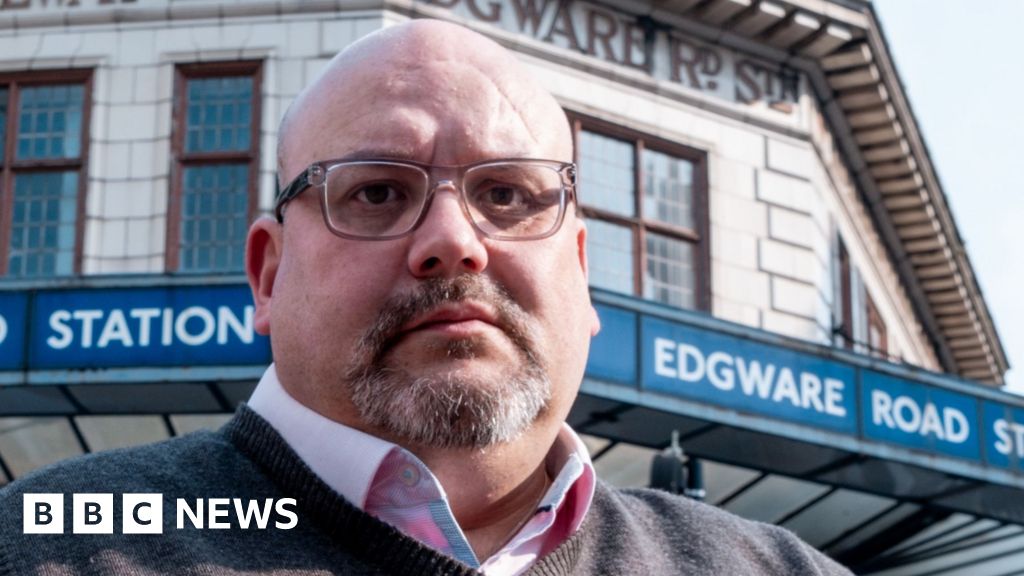ADVERTISEMENT
Catastrophic flash floods in central Texas over the weekend have left at least 80 people dead, dozens still missing and entire neighbourhoods underwater.
A slow-moving storm brought heavy rainfall to the so-called hill country, a region of rocky hills, plains and valleys between San Antonio and Austin, overwhelming riverbanks and inundating small towns with water that rose faster than many could escape.
Among the hardest hit were children attending a summer camp along the banks of the Guadalupe River, where fast-rising water struck before dawn with little warning. At least 10 children and one counselor are still missing.
Officials have repeatedly referred to the event as a “100-year flood.” But that term might not reflect present and future risks.
Climate change is supercharging storms
Central Texas has long been known as ‘flash flood alley’ for its combination of steep terrain, tropical moisture and slow-moving storms – especially in July. But meteorologists say the scale of this week’s rainfall was anything but typical.
In Kerrville, more than 25 cm of rain fell in just three hours on Friday, according to the weather forecasting company AccuWeather. On Saturday, a separate storm west of Austin dropped nearly 35 cm of rain in just five hours.
In only a few hours in the town of Hunt, the Guadalupe River ballooned from about 2 metres to almost 9 – its second-biggest height on record, according to the National Weather Service (NWS).
For years, scientists have been sounding the alarm that climate change is intensifying extreme weather events – including flash floods – around the world.
Studies continue to show that warmer oceans and a wetter atmosphere are fuelling stronger and more frequent storms everywhere fromEurope toTornado Alley in the US.
Last year, researchers warned that climate change made the floods that ravaged Central Europetwice as likely. After storms inundated Greece with record rain and floods in late March this year, scientists from ClimaMeter revealed that similar storms are 10-15 per centwetter now than they would have been in the past.
In Texas, those effects were on stark display.
The combination of near-record water temperatures in the Gulf of Mexico, remnants of Tropical Storm Barry and the lack of a jet stream to blow it away funnelled extreme moisture into Texas. In retrospect, a warning sign that the floods could be historic.
“With climate change we have a warming atmosphere. A warmer atmosphere holds a lot more moisture, and we are seeing obviously much more total atmospheric moisture across the globe in recent years than we normally have,” Brett Anderson, a senior meteorologist at AccuWeather, told the AP.
Complex storms meet stretched resources
While some local officials have questioned the timing of weather alerts, NWS offices in Texas did issue a series of warnings in the days leading up to the floods, including a rare flash flood emergency that triggered mobile phone alerts.
But the challenge of forecasting where, when and how much rain will fall remains enormous. Predicting flash floods is especially difficult when storms move slowly and rainfall totals can vary dramatically across short distances.
Staffing shortages and reduced investment in forecasting systems could compound the problem.
After deadly floods struck Valencia last year, outraged residents claimedwarnings came too late.
Local and federal officials in Texas are now facing scrutiny as questions mount over whether quicker or clearer warnings might have saved lives.
Sweeping staffing cuts of up to 40 per cent have affected NWS offices nationwide since Donald Trump took office in January. The service has eliminated or reduced vital weather balloon launches in eight US locations, a move decried by meteorologists and former agency leaders ahead of the start of the severe weather season.
It’s unclear how greatly the cuts affected the New Braunfels branch of the NWS – which covers Austin, San Antonio and nearby areas – but it reportedly had additional personnel on duty during the storms over the weekend.
Will Texas face worse storms in future?
Texas is no stranger to floods, but experts say this week’s events are an urgent reminder that the future is very likely to be wetter, less predictable and more dangerous.
“Nobody saw this coming,” Kerr County Judge Rob Kelly told reporters at a press conference on Saturday.
As climate change continues to reshape weather patterns, the world will likely need major upgrades to handle a world where ‘once-in-a-century’ storms may arrive every decade.
“In a warming climate we know that the atmosphere has more moisture to give, to hold on to and then to release. But also the thing that we know about climate change is that our rain events are not as uniform as what they used to be,” said Shel Winkley, a meteorologist with Climate Central.









 English (US) ·
English (US) ·